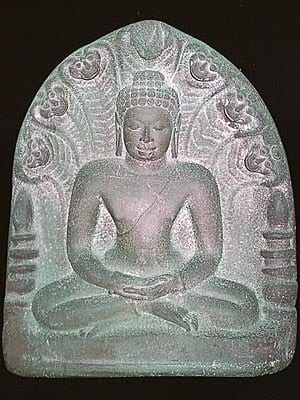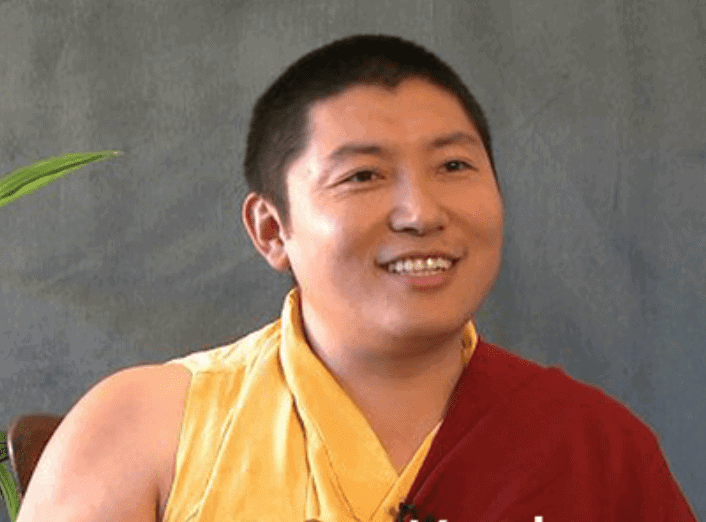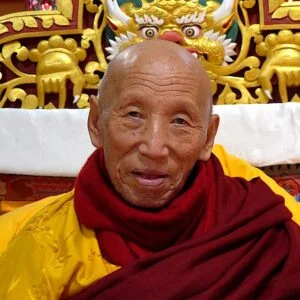Practicing meditation is a key point of applying Buddhist Dharma. And many other traditions also feature meditation. Phakchok Rinpoche suggests that we need to approach practice gradually because most of us have a number of bad habits. First of all, we tend to get easily distracted. Isn’t that true? Do you find yourself losing track of your mind? In our busy lives and on-demand worlds, we have so many distractions competing for our attention. So, this habit of being carried away by distraction causes us a lot of anxiety, stress, and unhappiness. We often find that we can’t just rest our minds, right?
Take some time now to check your own mind — right now — are you distracted? Are you doing something else while you read this blog post? It is good to check yourself and honestly assess your situation.
This practice of meditation involves three main points. We can break it down into:
- Posture: the way we hold our body
- Breath: the way we place our breath
- Focus: the way we have an object of our attention
Practicing Meditation: Our Posture
 We can begin by simply sitting cross-legged in a comfortable position or in a chair with our feet firmly on the ground. We keep our backs upright, but relaxed, with our spines as straight as we can manage without forcing stiffness. Keeping a straight spine automatically calms down our mind and allows us to center ourselves.
We can begin by simply sitting cross-legged in a comfortable position or in a chair with our feet firmly on the ground. We keep our backs upright, but relaxed, with our spines as straight as we can manage without forcing stiffness. Keeping a straight spine automatically calms down our mind and allows us to center ourselves.
Then we can put our right hand on top of our left with the thumbs very lightly touching and rest them very lightly on our lap at the level of the navel. That is one possible hand position. Again, this simple position quiets movement in our subtle inner bodies.
Alternatively, we can simply rest our hands, palm down, on our upper thighs above our knees.
You can find a more detailed description and videos showing meditation posture alternatives here.
Practicing Meditation: Our Breath
Simply stated, we leave our breath as it is. We don’t need to change the pace, volume, or mechanics of our breathing. Don’t attempt to control your breath. As living beings, we breathe without thinking about it — we don’t have to remind ourselves to breathe (most of the time!). As we start to meditate, we allow the breath to just happen. Just allow your breath to be natural.
Practicing Meditation: Our Attention
When we meditate, we initially focus our minds on one object. This object can be a physical object. Or, we can choose to focus on our natural breath. Again, we don’t try to change our breath. We simply rest our attention loosely on the sensation of breathing. Alternatively, we can choose a mental object such as a visualization. Whatever we choose, we should gently rest our attention on that one thing. It is actually very simple!
The key point with respect to the mind is to constantly, but gently, remind ourselves of our meditation. Meditation is not about how long we sit on a cushion or upright in a chair. In other words, we choose quality over quantity. Being focused while maintaining clarity is more important than the length of our meditation. Clarity means that we are aware of our focus and we are not overcome by either distraction or by a dull, sleepy feeling.
That’s it! That’s how we start practicing meditation!
How to Train the Mind and Practicing Meditation: More Resources
We can learn more about how our minds work and develop skills for developing more functional minds. Samye Institute offers a short home-study unit on mind-training here. If you’re ready to explore meditation in a deeper way, we encourage you to enter our Path of Meditation program that provides a full year of guided study, contemplation, and meditation instruction.










Responses